Rick Steves
GREECE
ATHENS & THE PELOPONNESE
Rick Steves
GREECE
ATHENS & THE PELOPONNESE
Democracy and mathematics. Medicine and literature. Theater and astronomy. Mythology and philosophy. All of these, and more, were first thought up by a bunch of tunic-clad Greeks in a small village huddled at the base of the Acropolis. The ancient Greekswho reached their apex in the city of Athenshave had an unmatched impact on European and American culture. For many North American travelers, coming to Greece is like a pilgrimage to the cradle of our civilization.
A century and a half ago, Athens was a humble, forgotten city of about 8,000 people. Today its the teeming home of nearly four million Greeks. The city is famous for its sprawl, noise, graffiti, and pollution. The best advice to tourists has long been to see the big sights, then get out. But over the last decade or so, the city has made a concerted effort to curb pollution, clean up and pedestrianize the streets, spiff up the museums, and invest in one of Europes better public transit systems. All of these urban upgrades reached a peak as Athens hosted the 2004 Olympic Games.
And yet, the conventional wisdom still holds true: Athens is a great city to see...but not to linger in. This book also includes the best Greek destinations outside the capital, including the highlights of the PeloponneseGreeces heartland peninsula, the site of the ancient oracle at Delphi, and the castaway islands of Hydra, Mykonos, and Santorini.
Greeces economic woes continue to make headlines, but for travelers the news is (almost) all good. The occasional strike or protest rarely interferes with the sightseers Greece, and hotel prices are at record lows. Now is a great time to visit.
In this book, Ill give you all the information and opinions necessary to wring the maximum value out of your limited time and money. If you plan two weeks or less in this part of Greece and have a normal appetite for information, this book is all you need. If youre a travel-info fiend, this book sorts through all the superlatives and provides a handy rack upon which to hang your supplemental information.
Use this legend to help you navigate the maps in this book.
Experiencing Europes culture, people, and natural wonders economically and hassle-free has been my goal for three decades of traveling, tour guiding, and travel writing. With this new book, I pass on to you the lessons Ive learned.
The destinations covered in this book are balanced to include a comfortable mix of cities and villages, ancient sites and Byzantine churches, great museums and relaxing beaches. While youll find the predictable biggies (such as the Acropolis and ancient Olympia), Ive also mixed in a healthy dose of Back Door intimacy (workaday towns such as Kardamyli, rustic seaside viewpoints, and neighborhood tavernas where youll enjoy a warm welcome).
The best is, of course, only my opinion. But after spending a third of my adult life exploring and researching Europe, Ive developed a sixth sense for what travelers enjoy. The places featured in this book will make anyone want to shout, Opa!
Rick Steves Greece: Athens & the Peloponnese is a tour guide in your pocket. Each destination is a mini-vacation on its own, filled with exciting sights, strollable neighborhoods, affordable places to stay, and memorable places to eat.
The first half of this book focuses on Athens and contains the following chapters:
Greece offers an introduction to this mesmerizing land, including a crash course in the Greek alphabet.
Orientation to Athens includes specifics on public transportation, helpful hints, local tour options, easy-to-read maps, and tourist information. The Planning Your Time section suggests a schedule for how to best use your limited time.
Key to This Book
Updates
This book is updated regularly, but things change. For the latest, visit www.ricksteves.com/update, and for a valuable list of reports and experiencesgood and badfrom fellow travelers, check www.ricksteves.com/feedback.
Abbreviations and Times
I use the following symbols and abbreviations in this book:
Sights are rated:
| Dont miss |
| Try hard to see |
| Worthwhile if you can make it |
| No rating | Worth knowing about |
Tourist information offices are abbreviated as TI, and bathrooms are WCs. To categorize accommodations, I use a Sleep Code (described on ).
Like Greece, this book uses the 24-hour clock for schedules. Its the same through 12:00 noon, then keep going: 13:00, 14:00, and so on. For anything over 12, subtract 12 and add p.m. (14:00 is 2:00 p.m.).
When giving opening times, I include both peak season and off-season hours if they differ. So, if a museum is listed as May-Oct daily 9:00-16:00, it should be open from 9 a.m. until 4 p.m. from the first day of May until the last day of October (but expect exceptions).
If you see a  symbol near a sight listing, it means that sight is described in far greater detail elsewhereeither with its own self-guided tour, or as part of a self-guided walk.
symbol near a sight listing, it means that sight is described in far greater detail elsewhereeither with its own self-guided tour, or as part of a self-guided walk.
For transit or tour departures, I first list the frequency, then the duration. So, a bus connection listed as 2/hour, 1.5 hours departs twice each hour, and the journey lasts an hour and a half.
Sights in Athens describes the top attractions and includes their cost and hours.
Self-Guided Walks and Tours take you through interesting neighborhoods and must-see sights. In Athens these include a city walk, the Acropolis, the Ancient Agora, the Acropolis Museum, and the National Archaeological Museum.
Sleeping in Athens describes my favorite accommodations, from good-value dhomatia



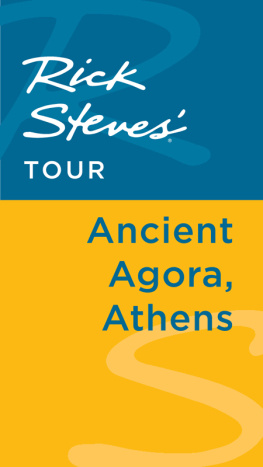
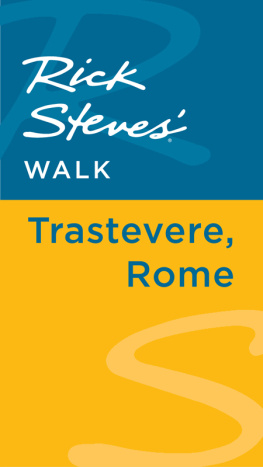


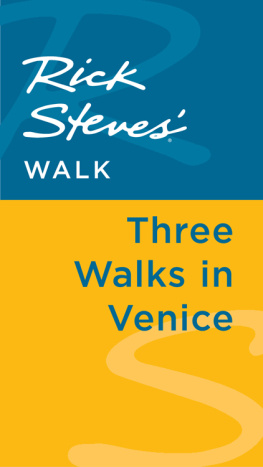
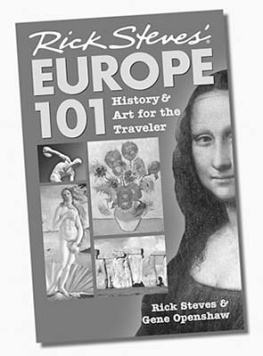
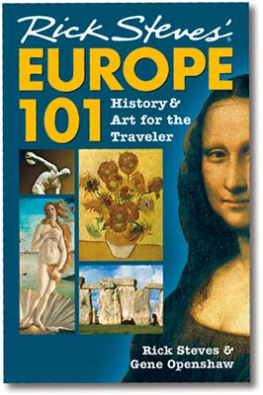
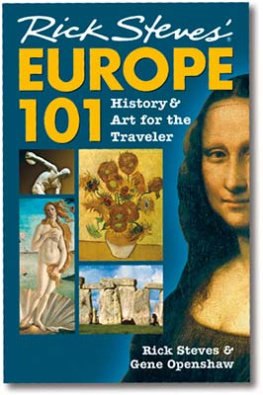



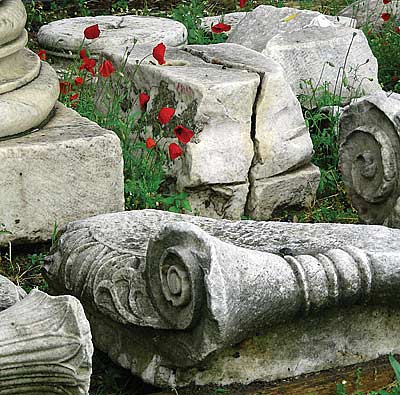
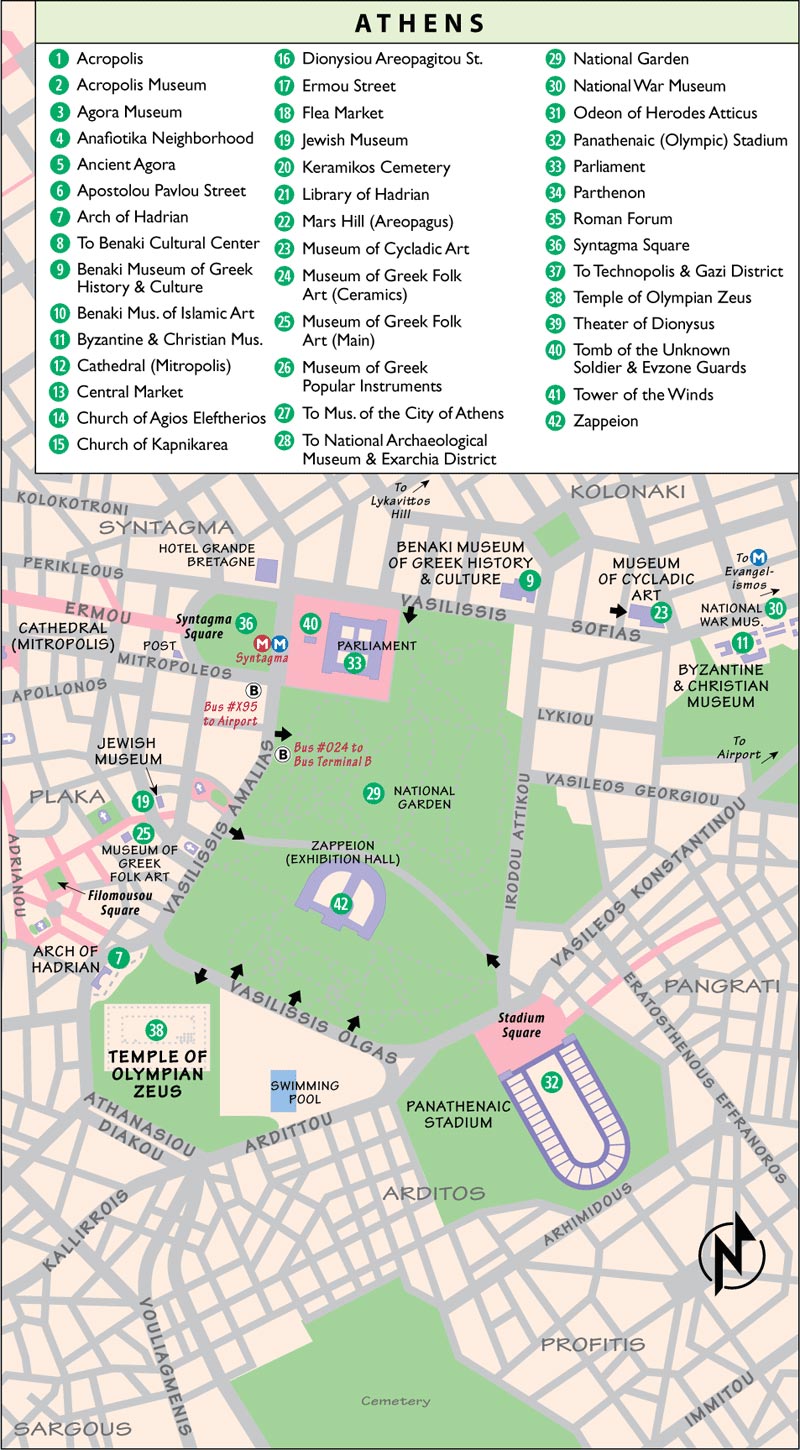
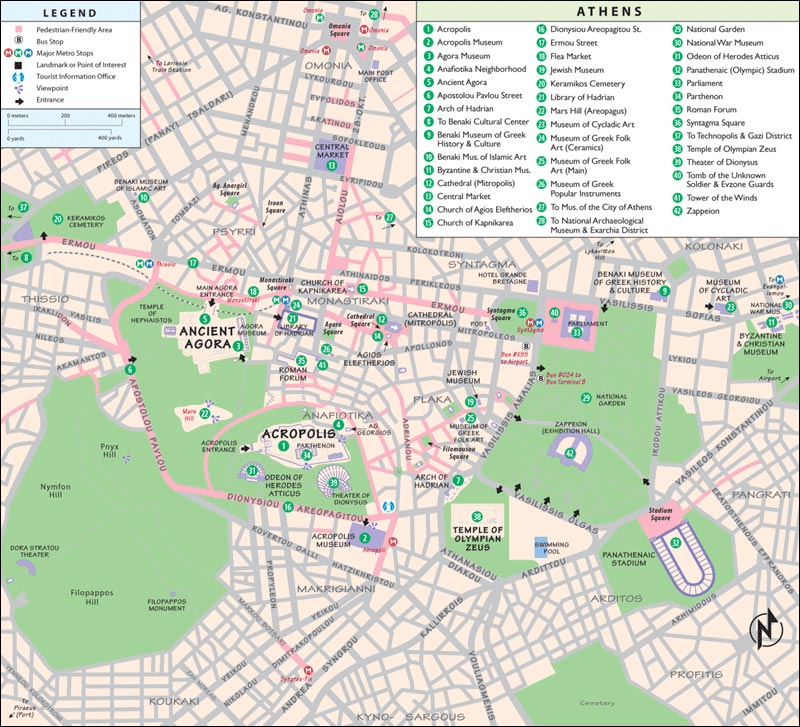
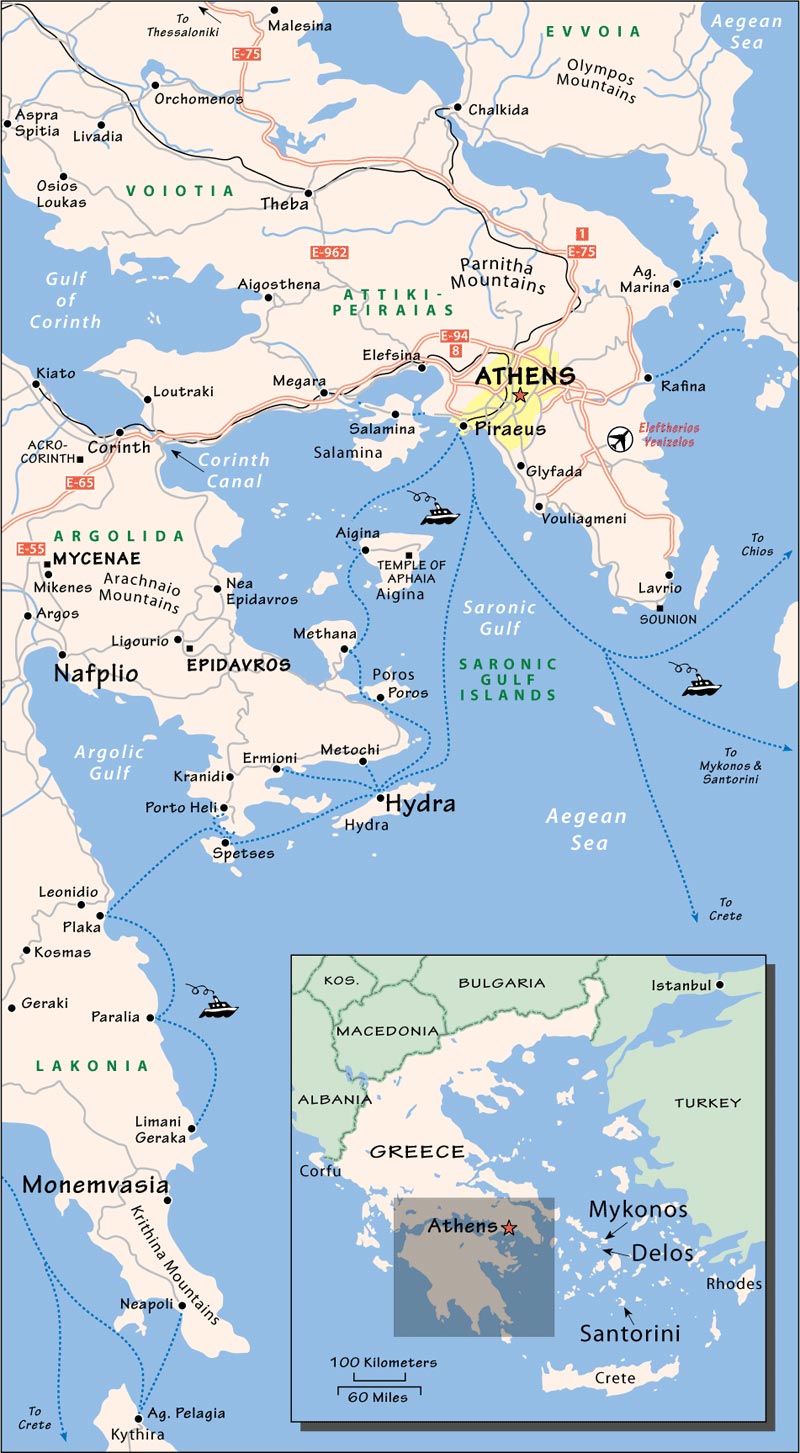
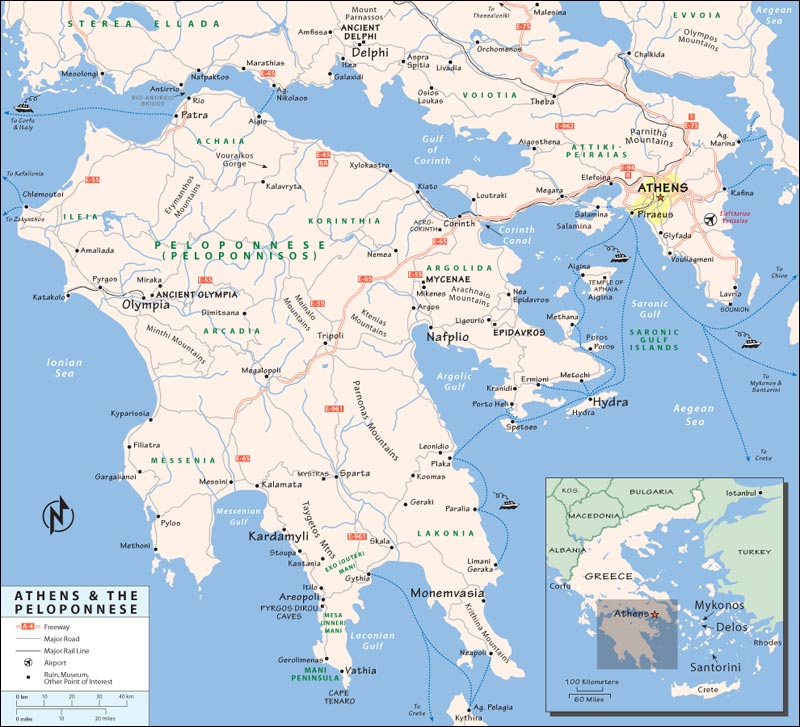
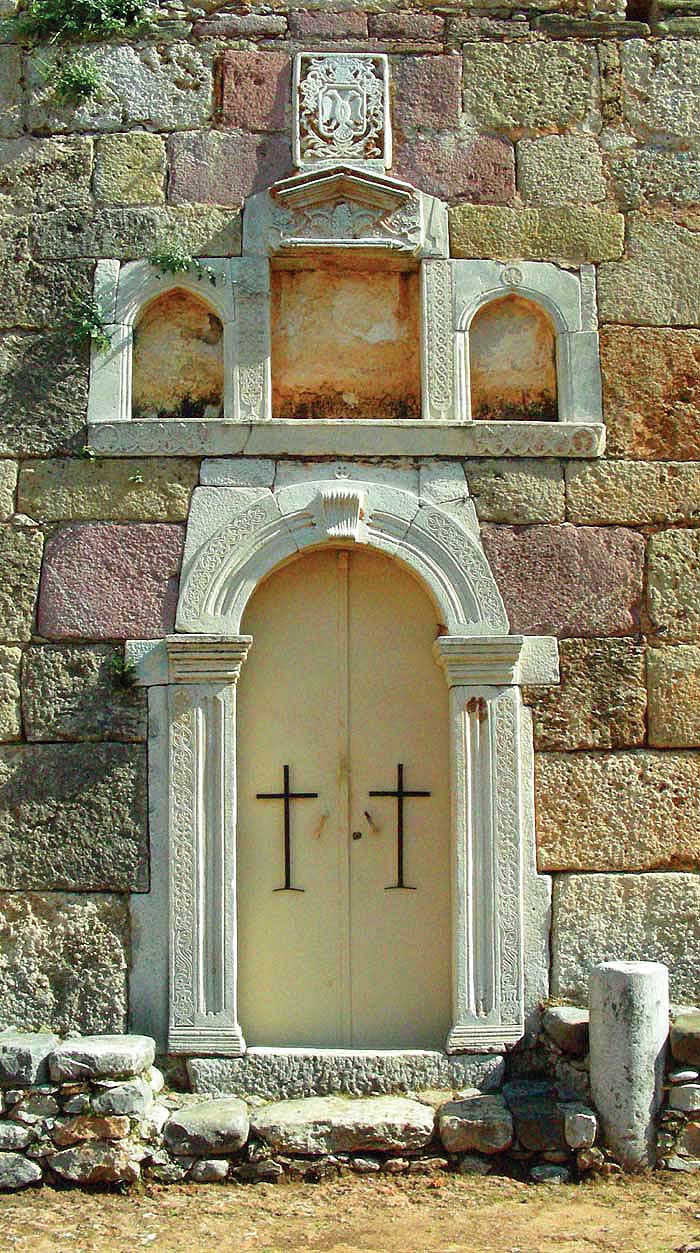
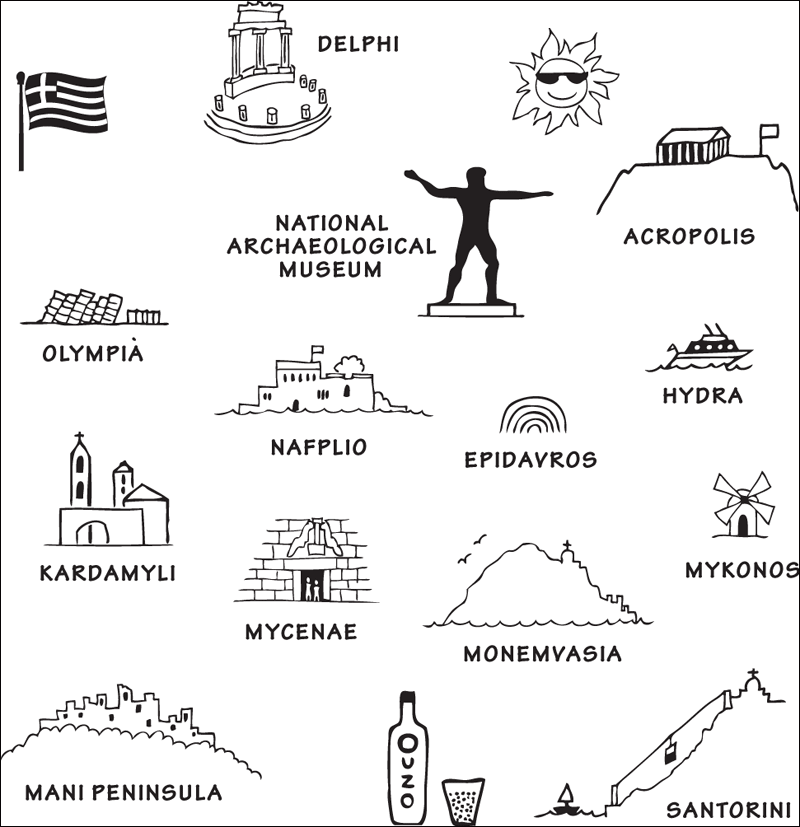

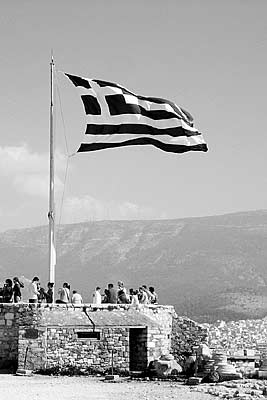
 symbol near a sight listing, it means that sight is described in far greater detail elsewhereeither with its own self-guided tour, or as part of a self-guided walk.
symbol near a sight listing, it means that sight is described in far greater detail elsewhereeither with its own self-guided tour, or as part of a self-guided walk.